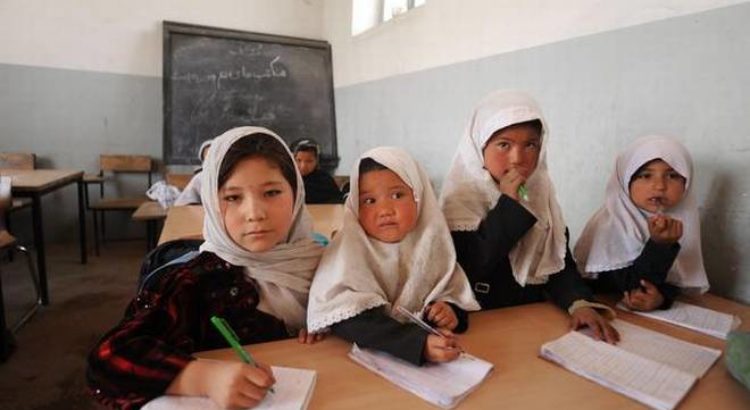Asia/Afghanistan/05.09.18/Por Ruchi Kumar/Source: www.thehindu.com.
“Education is increasingly a casualty in Afghanistan,” a briefing note by the Norwegian Refugee Council (NRC) recently observed. The note was in reaction to a larger, comprehensive report by the Global Coalition to Protect Education from Attack (GCPEA), titled ‘Education Under Attack’, which studies the impact of conflict on education in 28 countries.
According to the report, Afghanistan, along with Nigeria, suffered the most number of attacks against students and educators. Indeed, as conflict in the country surges, educational facilities find themselves threatened or caught in the crossfire. In the latest such attack, a suicide bombing inside a classroom in Kabul on Wednesday killed 48 people, many of them students preparing for the national university entrance exams. Claimed by the Islamic State (IS), the attack targeted the minority Shia Hazara community. In June, some schools for girls were forced to shut following threats from the IS. Separately, over a 100 schools in Logar province were briefly closed, allegedly by local Taliban groups. Last month, the Malikyar Hotak High School in Khogyani district of the eastern province of Nangarhar came under attack, resulting in the beheading of three staff members.
“Threats — and actual violence and destruction — to schools and staff in Nangarhar Province are paralysing the educational sector and quickly reversing development gains,” William Carter, head of the Afghanistan programme at the NRC, told this writer, adding that the situation has had “a profoundly distressing effect on children’s sense of safety”. Aid organisations working with local educational groups have also confirmed that not only are school and educational facilities at risk of attacks but also that the overall environment has discouraged student attendance. The NRC observed that schools in the region were “increasingly at risk on military, ideological, and political fault lines, with attacks increasing in eastern Afghanistan”.
Not safe at school
In its own research, the NRC found that a majority of the surveyed children did not feel safe at school. It discovered that at least 12% had experienced attacks on their schools and 15% had experienced shooting very near their school buildings. Another 36% were frightened about risks of kidnapping or attack en route to schools and many of them had missed lectures and exams because of threats from armed groups. “This also undermines parents’ attitudes to the value of education,” Mr. Carter elaborated.
Meanwhile, as the much-delayed parliamentary elections approach, school facilities used as voting registration and election centres are increasingly at risk from insurgent attacks. An assault on a school that was being used as a National ID registration centre in Kabul resulted in 60 deaths in April. Currently, according to the UN, over 60% of the 7,000 voter registration and polling centres are schools, with activities taking place during classroom hours.
The deteriorating situation has also affected the delivery of educational aid. “This level of insecurity has made it very difficult for us to assure the safety of both our beneficiaries and our own staff,” Mr. Carter said, adding that they are evaluating different approaches to ensure that children are protected and that their learning can be continued in the wake of deepening insecurity. “However, we are making adjustments intended to reduce the likelihood and limit the impact of such incidents on children and staff,” he said.
Source of the notice: https://www.thehindu.com/news/international/militants-war-on-education-in-afghanistan/article24726454.ece









 Users Today : 111
Users Today : 111 Total Users : 35460128
Total Users : 35460128 Views Today : 146
Views Today : 146 Total views : 3418777
Total views : 3418777